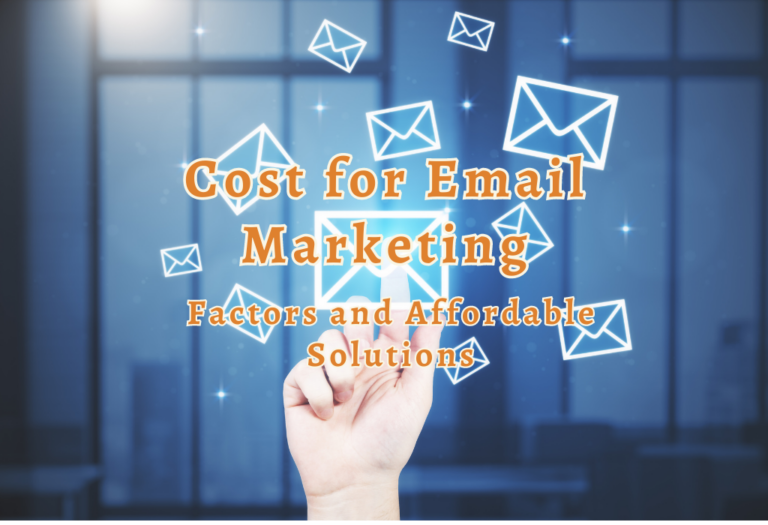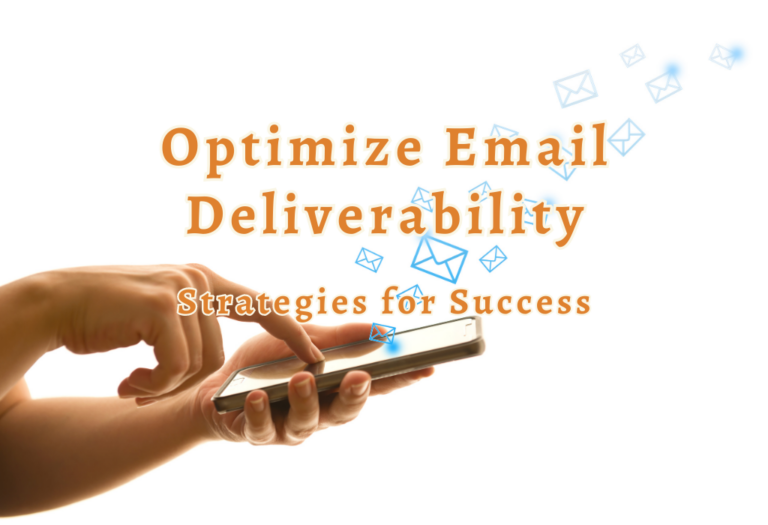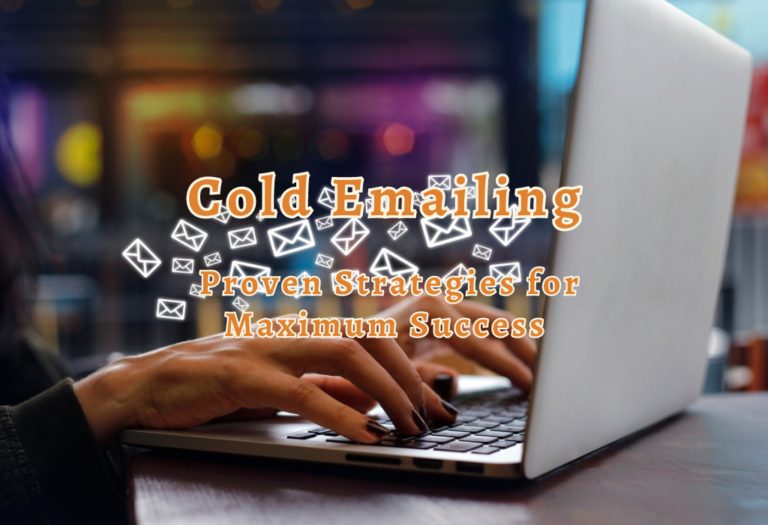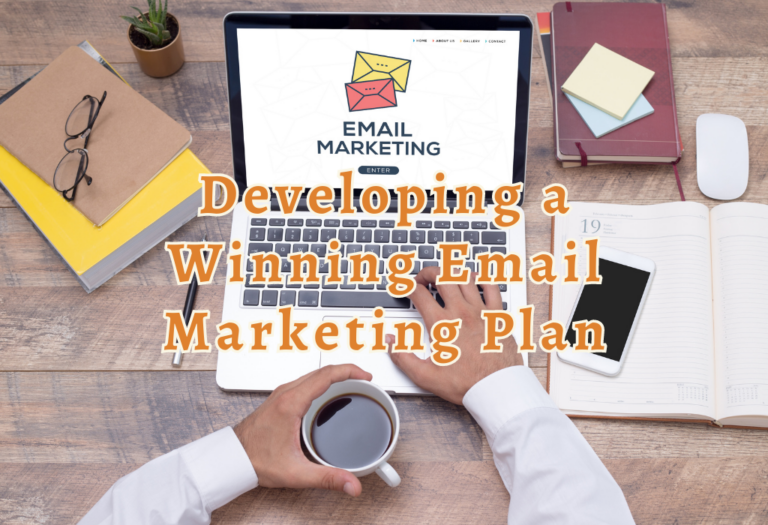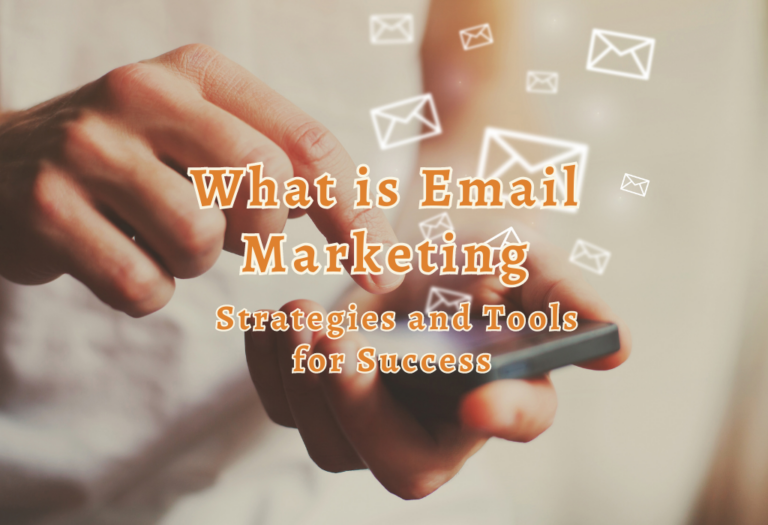Are you struggling to write email marketing copy that generates the conversions you need? Crafting a successful email marketing strategy requires creativity and analytical skills, including creating compelling copy that converts.
Writing email copy is essential for digital marketers and ecommerce professionals looking to engage their audience effectively. With the right techniques, you can create compelling subject lines, preview text, and body copy that entices readers to take action.
The great news is that after reading this guide, you’ll have all the tools to boost your email marketing conversions and drive more leads and sales.
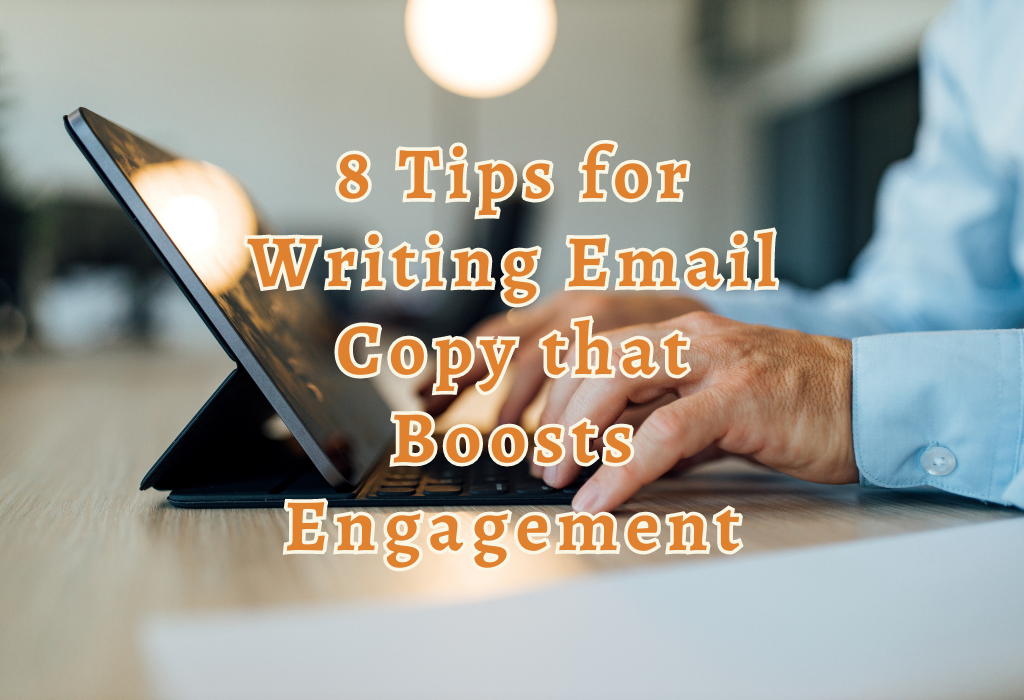
More Resources :
What Is Email Copywriting?
Email copywriting is the art of crafting compelling emails that persuade your target audience to take action. Whether you’re a digital marketer, email marketer, ecommerce business owner, or anyone who uses email as a primary channel to communicate with customers, writing effective email copy is essential for driving conversions and achieving marketing goals.
The Role of an Email Copywriter
Your role as an email copywriter is to create engaging content that resonates with your subscribers and motivates them to act. This could be anything from signing up for a newsletter or webinar, downloading an ebook or whitepaper, making a purchase, or taking advantage of special offers.
To achieve this goal, you need to understand your target audience’s pain points and desires so that you can craft messaging that speaks directly to their needs. You also need to use persuasive language and storytelling techniques that capture their attention and keep them engaged throughout the entire message.
Tips for Writing Effective Emails
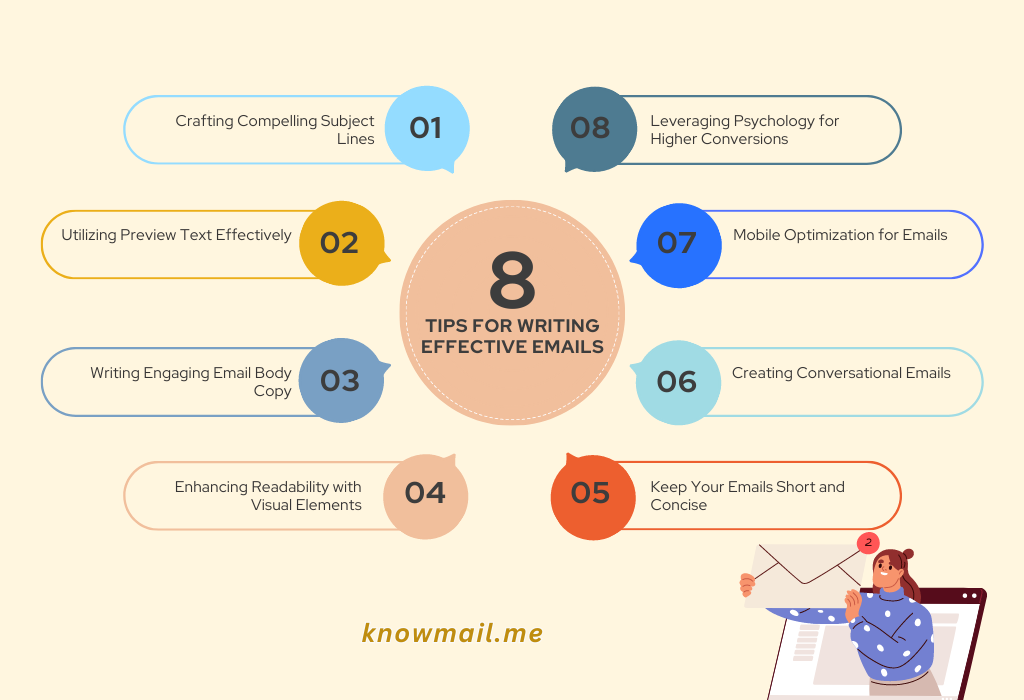
1 Crafting Compelling Subject Lines
The subject line acts as the gatekeeper, making it crucial to use actionable language, personalization, and curiosity while prioritizing clarity over catchiness. Research shows that short subject lines with action verbs have better open rates. Personalized subject lines can increase open rates by 26%, while segmentation boosts opens by over 14%.
The Importance of Subject Lines
One critical aspect of effective email copywriting is creating subject lines that immediately grab readers’ attention. Your subject line should pique their curiosity while clearly conveying what they’ll gain by opening the message. Keep it short but impactful – aim for 50 characters or less – so it doesn’t get cut off on mobile devices.
You can test different variations using A/B testing tools like Mailchimp’s Subject Line Researcher tool, which analyzes billions of emails sent worldwide each month across industries such as retail/e-commerce, services/consulting, and travel/hospitality, among others, providing insights on open rates based on keywords used in subject lines.
Actionable Language in Subject Lines
Using strong action verbs encourages readers to take immediate action on your email. Encourage your readers to take immediate action with strong verbs in the subject line, such as “Boost your writing skills today.”; this creates a sense of urgency and increases engagement.
Benefits of Personalized and Segmented Email Campaigns
To craft compelling subject lines for your email marketing campaigns, follow these best practices:
2 Utilizing Preview Text Effectively
The preview text is a crucial element in email marketing, as it gives subscribers a glimpse of what’s inside the email. You can significantly increase your open rates and overall campaign success by crafting engaging and informative preview texts that follow through on the promise made in the subject line.
Importance of Consistency Between Preview Text and Content
Maintaining consistency between your subject line, preview text, and actual content is essential to keep your subscribers engaged from start to finish. If there’s a disconnect between these elements or if they don’t deliver on their promises, recipients may feel misled or disappointed – leading them to ignore future emails or even unsubscribe altogether. To avoid such issues:
Best Practices for Writing Engaging Preview Texts
To make sure your emails stand out among countless others vying for attention in crowded inboxes:
3 Writing Engaging Email Body Copy
In the world of email marketing, it’s essential to create engaging and relevant body copy that resonates with your target audience. Personalize your message and emphasize the advantages of what you are offering, instead of simply describing its attributes.
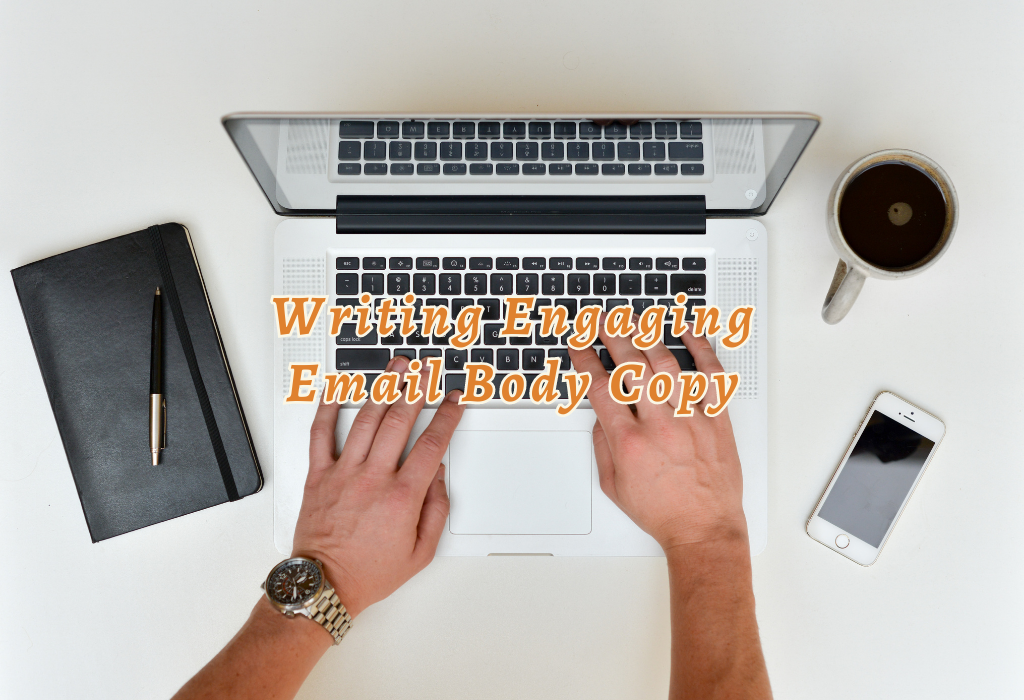
Using Second-Person Perspective Effectively
To make your emails more relatable, write in the second-person perspective by using words like “you” and “your.” This approach helps maintain focus on customer value and allows you to speak directly to subscribers. For example:
“You will benefit from using these environmentally friendly items.”
Segmenting Lists for Targeted Messaging
An effective strategy for crafting personalized content is segmenting your email list based on factors such as past clicks or shopping habits. Doing so allows you to tailor messages according to each subscriber’s interests, leading to higher engagement levels overall. Consider these two examples:
To learn more about segmentation strategies, check out this comprehensive guide from Campaign Monitor.
Tips for Crafting Compelling Email Content:
4 Enhancing Readability with Visual Elements
Effective emails must be concise yet engaging, and visual elements play a crucial role in achieving this balance. By incorporating visuals strategically into your email copy, you can create an appealing layout that encourages readers to engage with your content.
Incorporating visuals strategically into emails
By incorporating eye-catching visuals such as graphics and photos, your emails can be more engaging and help effectively convey information. In addition, leaving ample white space between paragraphs and lines of text is essential for providing an inviting visual appearance and aiding in readability.
Balancing readability and visual appeal
Avoid common pitfalls like jargon, buzzwords, capitalizing entire sentences, or using multiple exclamation marks when crafting email copy. Instead, opt for humor where appropriate or use analogies and other literary techniques to stir reader interest while conveying action. Also, ensure all links work correctly before sending out emails; broken links can lead to frustration among recipients who might lose trust in your brand’s ability to deliver quality content consistently.
5 Keep Your Emails Short and Concise
As a digital marketer, email is likely one of your primary channels for communicating with customers. However, in today’s fast-paced world, people are inundated with emails on a daily basis. In fact, the average office worker receives 121 emails per day!
To ensure that your message doesn’t get lost in the shuffle, it’s important to keep your emails short and concise. According to HubSpot, the ideal length of a sales email is between 50 and 125 words.
The Importance of Concise Email Copywriting
When writing email copy for marketing purposes or any other reason, you should always aim to be as clear and precise as possible while keeping it brief enough to not bore readers before they finish reading through what you have written.
6 Creating Conversational Emails
Emails should feel like a personal conversation between two friends, using words such as “I” and “you”. This approach helps to establish a connection with your readers. One effective way of achieving this is through storytelling, which focuses on problem-solving strategies and provides relatable examples of how your products or services can benefit the reader.
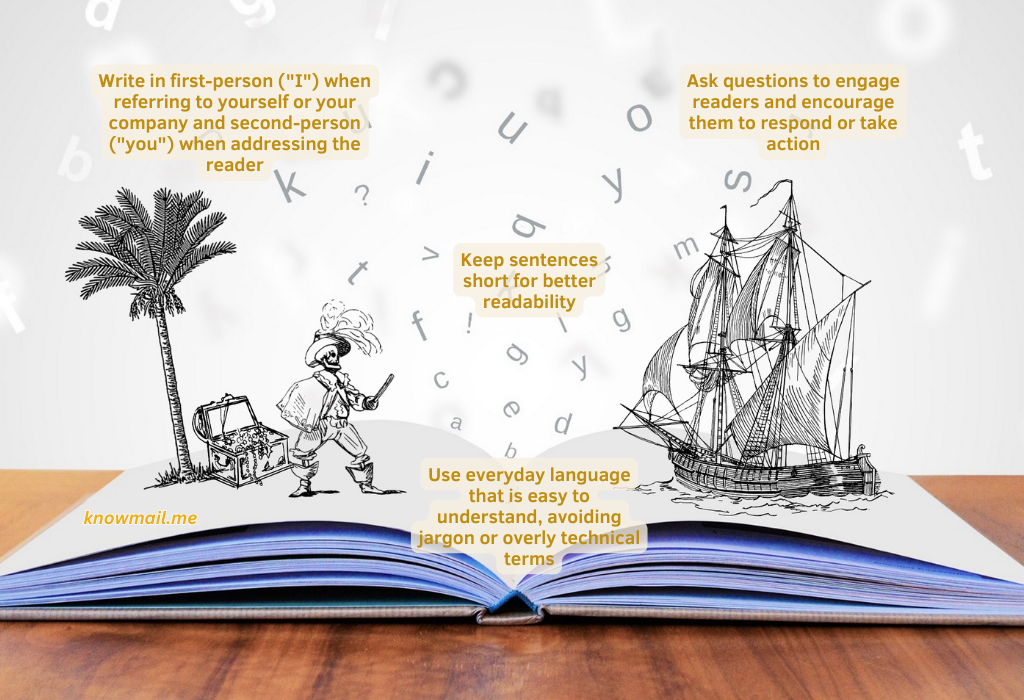
Storytelling Techniques in Email Copy
Utilizing storytelling techniques in email copy allows you to connect with your audience on an emotional level. Identify a difficulty experienced by your intended audience, then demonstrate the worth of your item or service with a resolution. Be sure to include real-life examples or case studies for added credibility.
Creating a Sense of Urgency and FOMO
Incorporating urgency into your emails can motivate people towards taking action quickly. Offering limited-time discounts or vouchers creates FOMO (fear of missing out), encouraging subscribers to make purchases before they miss out on exclusive deals. Additionally, emphasize the benefits they’ll receive if they act promptly while also highlighting potential losses if they don’t take advantage of these offers.
Beyond crafting engaging content, it’s essential to reinforce brand image consistently throughout all channels and touchpoints. Use language that aligns with your company values while maintaining consistency across various platforms – from social media posts to customer support interactions – ensuring every interaction leaves a lasting impression on customers.
Tips for creating conversational emails:
7 Mobile Optimization for Emails
Mobile optimization is crucial as more than half of email opens happen on mobile devices. Ensuring your emails are easily readable and visually appealing on various screen sizes can significantly improve user experience, leading to higher open rates and conversions.
Responsive Design Best Practices
To create a seamless reading experience across different devices, it’s essential to implement responsive design in your email campaigns. Here are some best practices:
The Importance of Testing Emails on Multiple Devices
Email clients differ greatly in how they render HTML content, making it vital to test your emails across multiple platforms before sending them out. Testing emails on various platforms guarantees that recipients will have a great viewing experience regardless of their device. Some popular tools you can use include: Litmus, Email on Acid, and Mail Tester. Keeping track of the most commonly used email programs by your audience is recommended in order to prioritize which devices should be focused on when testing. This can help you prioritize which devices to focus on during testing.
8 Leveraging Psychology for Higher Conversions
Use psychology in your strategy to improve conversions by appealing to readers’ emotions through sensory words, power words, social proof, scarcity, or urgency techniques like curiosity gaps or exclusivity offers. Ensure each message has only one clear CTA so readers aren’t confused or overwhelmed. Personalize CTAs and spread them throughout the email rather than just at the end. Test headlines, copy, and CTAs more until you find the best-performing formula, boosting conversions over time.
Implementing Psychological Triggers in Email Copy
Using psychological triggers can significantly boost engagement and conversion rates within your email campaigns. Some effective strategies include:
Crafting Effective Calls-to-Action (CTAs)
A well-crafted CTA is essential for driving conversions in your email campaigns. Follow these best practices to optimize your CTAs:
Differentiating Content Types for Email Campaigns
Understanding when to utilize different content types within your email campaigns helps create variety while catering to subscribers’ interests. Striking a balance between newsletters and promotional emails is essential, as it allows you to establish your brand’s authority on various subjects without overwhelming your audience with sales pitches.
Newsletter vs Promotional Emails – Striking a Balance
Newsletters are an excellent way of sharing valuable information, industry news, or educational content showcasing your field expertise. On the other hand, promotional emails focus more on conversions and sales targets by offering exclusive deals or highlighting new products/services.
Adapting Content Based on Audience Preferences
Audience preferences may vary depending on factors such as age group, location, occupation or interests. To ensure your email campaigns resonate with different segments of your audience, consider the following strategies:
Incorporating these approaches into your email marketing strategy will enable you to create a more engaging experience for subscribers while maximizing the impact of each type of communication – be it informative newsletters or conversion-driven promotional messages.
FAQs about Writing Email Copy
Conclusion
Composing effective emails is a must for businesses that rely on this medium to reach out to their customers. Now you know how the secrets of writing email marketing copy that converts. To improve your email marketing efforts and start seeing better engagement rates from your subscribers today, try Knowmail’s AI-powered personal assistant, which helps you prioritize important emails and compose more effective messages. Sign up now!

